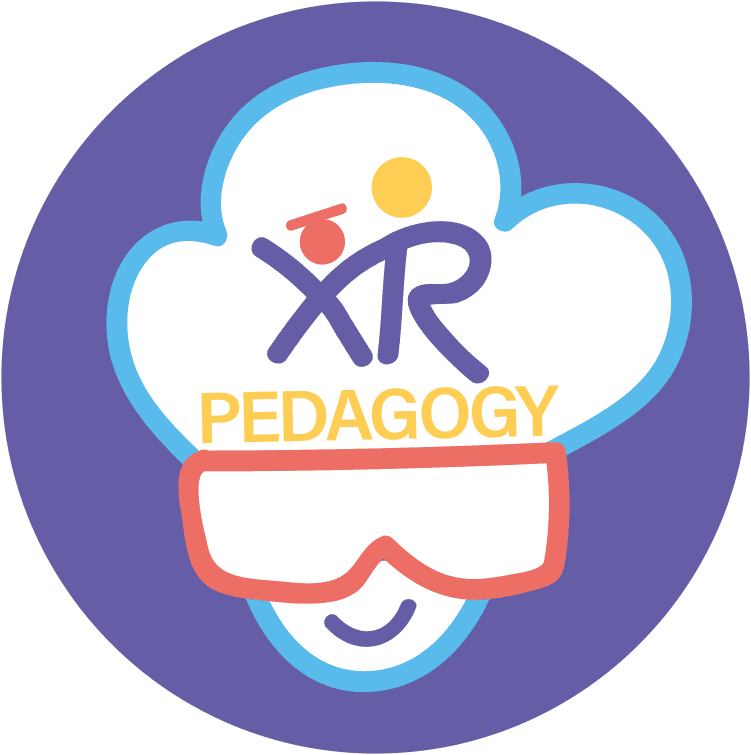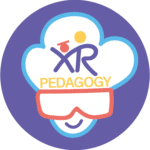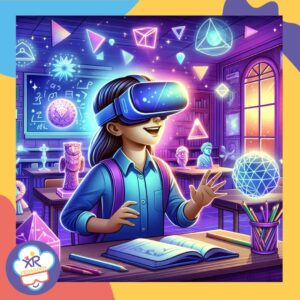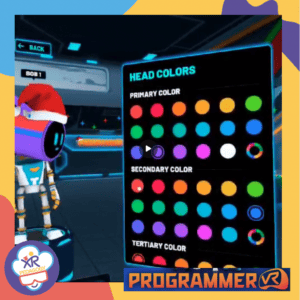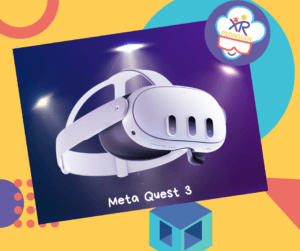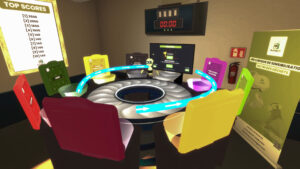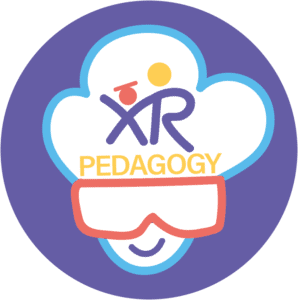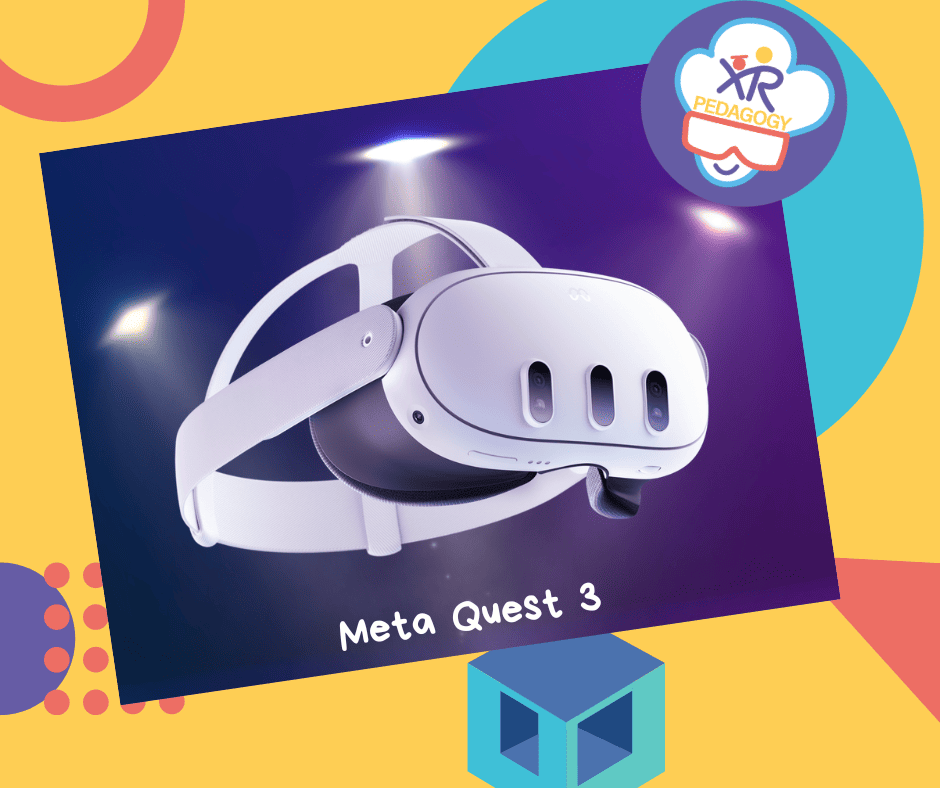
In the rapidly advancing field of immersive educational technology, the Meta Quest 2 set a new benchmark for the use of virtual reality (VR) in learning environments. With the recent launch of Meta Quest 3, this article seeks to highlight the pioneering improvements it brings to education, distinguishing it from its predecessor. We’ll explore the enhancements in depth, demonstrating how they can revolutionize educational experiences by making them more interactive, engaging, and meaningful for both students and teachers.
Comparing Meta Quest 2 and 3: Key Upgrades
Key Upgrades
Transitioning from Meta Quest 2 to Meta Quest 3 introduces a suite of technical advancements that significantly enhance the educational potential of VR.
- Enhanced Resolution and Visuals: Higher resolution screens provide clearer, more detailed imagery, making educational content more immersive and easier to understand.
- Improved Processing Power: Allows for more complex simulations and interactive experiences, essential for subjects that require detailed and dynamic environments.
- Advanced Tracking Capabilities: Precise tracking of movements and gestures enhances interactivity, enabling more engaging hands-on learning experiences.
- Increased Comfort and Ease of Use: Features that make the device more comfortable for extended use can encourage longer learning sessions without discomfort.
- Collaborative Features: Tools that facilitate virtual collaboration among students and between students and teachers can enhance learning through teamwork and social interaction.
- Improvements in Mixed Reality Capabilities: Broadens the scope and effectiveness of VR in education, offering more engaging and immersive learning experiences.
Meta Quest 3 vs. Meta Quest 2: Comprehensive Comparison Chart
The table below emphasizes the significant advancements from Meta Quest 2 to Meta Quest 3, showcasing how these improvements contribute to an enhanced VR experience across various applications, particularly in educational settings.
| Criterion | Meta Quest 2 | Meta Quest 3 | Improvement |
|---|---|---|---|
| Display Resolution | 1832 x 1920 per eye | Higher resolution per eye (exact specs may vary) | Sharper and clearer visuals for an enhanced VR experience. |
| Processor | Qualcomm Snapdragon XR2 | More advanced processor (specifications may vary) | Increased processing power for smoother, more complex simulations. |
| Refresh Rate | Up to 90Hz | Up to 120Hz or higher (exact specs may vary) | Smoother motion and interaction in VR environments. |
| Field of View | Standard FOV for immersive experience | Expanded FOV (exact specs may vary) | More immersive experience with a wider view of the virtual world. |
| Tracking | Inside-out tracking with 4 cameras | Enhanced tracking with more cameras (exact specs may vary) | More precise and responsive motion tracking. |
| Storage Options | 64GB, 256GB | Increased storage options (exact specs may vary) | More space for games, applications, and educational content. |
| Battery Life | 2-3 hours | Improved battery life (exact specs may vary) | Longer uninterrupted VR experiences. |
| Weight | Lighter than previous generations, but exact weight varies | Even lighter design (exact specs may vary) | Increased comfort for extended use. |
| Audio | Integrated spatial audio | Enhanced audio technology (exact specs may vary) | More immersive sound quality. |
| Mixed Reality Capability | Basic passthrough and mixed reality features | Full-color passthrough and advanced mixed reality capabilities | Deeper integration of physical and digital worlds for a more versatile mixed reality experience. |
| Educational Usage | Limited by hardware and software capabilities | Enhanced features tailored for educational content, including higher fidelity simulations and interactive learning tools | Broadens the scope and effectiveness of VR in education, offering more engaging and immersive learning experiences. |
| Price | Starts at $299 for the base model | Around $500 for the base model | Reflects the technological advancements and added features. |
Educational Implications of Meta Quest 3 Upgrades
The Meta Quest 3’s technological enhancements open up new avenues for educational engagement and innovation. With its higher resolution and advanced processing capabilities, the device is set to revolutionize science education through more detailed and realistic simulations. Students can explore the microscopic intricacies of cells or the vastness of space in stunning clarity, making abstract concepts tangible. Historical education benefits from realistic recreations of ancient worlds, allowing students to walk through historical sites and interact with the past in a way that textbooks cannot replicate. Moreover, interactive learning modules designed for the Meta Quest 3 engage students more deeply, facilitating active learning and retention far beyond traditional methods.
The Potential of Mixed Reality in Education
The Meta Quest 3 showcases a sleek design and technological advancements, notably the “full-color passthrough,” enhancing mixed reality experiences by blending virtual and physical worlds more seamlessly than ever.
Mixed Reality (MR) stands at the forefront of educational innovation, blending the physical and digital worlds to unlock unprecedented interactive learning opportunities. With Meta Quest 3’s enhanced capabilities, educators can now design lessons that integrate tangible objects with virtual simulations, providing a more comprehensive understanding of complex concepts.
MR’s collaborative potential allows students to engage in cooperative projects within a shared virtual environment, fostering teamwork and problem-solving skills. Particularly beneficial in disciplines requiring a balance of theoretical knowledge and practical application—like medical training, engineering, and history—MR offers a dynamic platform for bridging the gap between learning and real-world application. This technology not only enhances student engagement but also prepares them for the future by providing experiences closer to their future professional environments.
Integration Strategies and Pedagogical Benefits
Integrating Meta Quest 3 into educational curriculums requires a thoughtful approach that leverages its capabilities for maximum impact. Educators are encouraged to start by identifying key areas within their curriculum where VR can add the most value, such as complex scientific concepts or historical events that benefit from visualization. The device’s advanced features accommodate diverse learning styles, catering to visual, auditory, and kinesthetic learners alike. Personalized learning experiences are another significant benefit, allowing students to learn at their own pace in a supported, immersive environment. This approach fosters increased student engagement, motivation, and, ultimately, a deeper understanding of the subject matter.
Challenges and Considerations
Adopting Meta Quest 3 in educational settings is not without its challenges. Financial constraints may limit access to the technology, and educators may require training to effectively integrate VR into their teaching strategies. Solutions include seeking grants or partnerships with technology providers, offering professional development opportunities focused on VR, and implementing pilot programs to demonstrate value and build support for broader adoption. Starting small allows educators to address these hurdles incrementally while building a case for the widespread use of VR in education. XR PEDAGOGY could help you through this process!
Conclusion
The Meta Quest 3 marks a significant leap forward in the application of VR technology in education. Its advanced features not only promise to enhance the quality of educational content but also to transform the way educators teach and students learn. By adopting Meta Quest 3, educators have an opportunity to enrich their teaching methods, making learning more immersive, engaging, and effective. Embracing Meta Quest 3’s potential could redefine educational standards and pave the way for the future of learning.
We invite educators, students, and technology enthusiasts who have experienced the Meta Quest 3 in educational settings to share their insights and feedback. Your experiences are invaluable in building a community of practice around VR in education, offering a platform for sharing successes, challenges, and tips for integrating VR into learning environments. Together, we can explore the full potential of Meta Quest 3 in transforming education.
